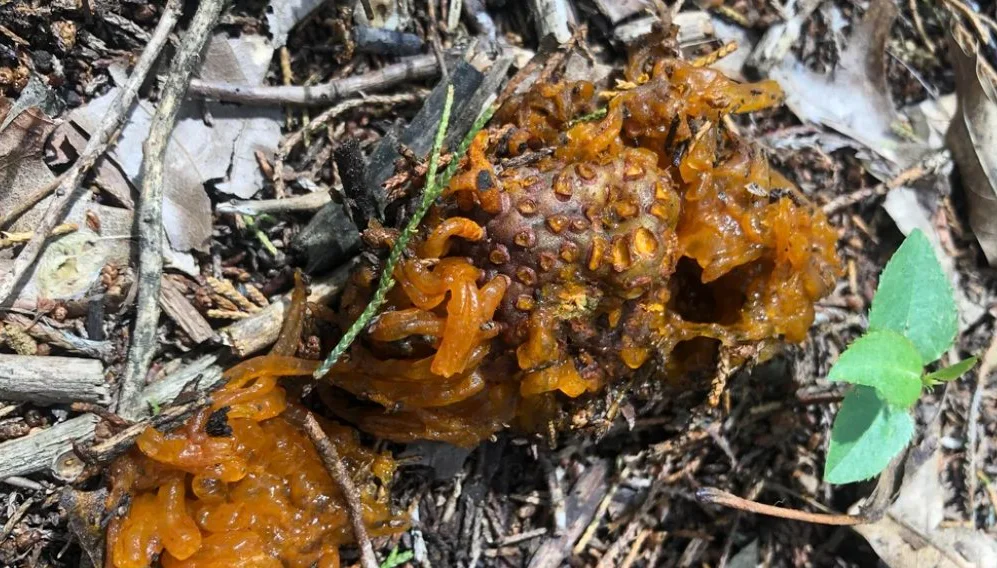Even at the age of 60, Demi Moore, still looks stunning in swimsuits. While her appearance may seem like a mystery, Moore reveals her secrets lie in the power of self-care and cultivating a positive mindset. By placing a high value on her physical and mental well-being, the actress continues to radiate confidence and beauty.
She works out at home.

Many people choose to exercise at home instead of going to the gym, saving themselves the hassle of long commutes. It seems that Moore’s usual fitness routine isn’t as gym-centric as we thought.
In 2019, she admitted that she hadn’t been to the gym in over four years. On her Instagram, she shared her experience with The Mirror, a fitness system, and started her fitness journey with a short 15-minute dance-cardio session. “I haven’t exercised in, like, over four years. So, this is gonna be my next jam,” she shared.
She swims a lot.

Moore is often seen enjoying her time near the water, as evidenced by the numerous photos she shares on Instagram. “Cooling off in the Tropez suit,” she captioned some pictures of herself in a pool.
Swimming is widely recognized as an excellent form of exercise that not only helps tone muscles but also enhances strength and endurance. It’s no wonder Moore chooses to incorporate swimming into her fitness routine.
She spends a lot of time with her dog.

Moore has an adorable dog named Pilaf, and she loves sharing pictures and videos of him on Instagram. They do lots of fun things together, and recently, she posted a heartwarming video of them having a great time at the beach. The caption said, “Swimming lessons with Pilaf!”
Numerous studies have shown that owning a dog has many health benefits, like getting you more active and even helping to lower your blood pressure.
She believes beauty starts from within.

During a Goop panel discussion alongside fellow celebrity Gwyneth Paltrow, Moore shared her top skincare advice, emphasizing the importance of self-care from within.
“Look, I don’t have any super big secret. But I definitely think beauty starts on the inside. You can do anything you want to the outside, but if the inside isn’t looking or feeling good, then I don’t know if anything you do on the outside is going to be good enough,” she said.
After going through a string of challenging relationships and marriages, Demi Moore has reached a significant realization: before she can genuinely love someone else, she must prioritize loving herself completely and honoring her own desires. Now, at the age of 60, love has once again found its way into Moore’s life, and this time around, she is resolute in approaching it with a renewed outlook and making alternative decisions.
Preview photo credit demimoore / Instagram
If you encounter this slimy being in your garden, it’s important to understand its significance

Owning a garden and caring for your plants requires an understanding of potential issues that may arise. If you come across a mysterious substance known as the “jelly nut” in your garden, here’s what you need to know.
Recently, a Redditor from Oklahoma discovered an odd sight in his garden, bright “yellow goo” on his trees and a peculiar object he described as a “gelatinous alien nut”. Unsure of what it was, he turned to the Reddit community for assistance, mentioning that the affected tree was a conifer, though he couldn’t identify it further.
Almost immediately, another user identified the problem as “cedar and apple rust”. This disease depends on two host plants to complete its life cycle, primarily affecting apple and crabapple trees.

The symptoms vary depending on the type of tree. On junipers, a brown gall forms on twigs and produces orange, gelatinous horns in the spring, particularly during wet weather. Although the twig beyond the gall may die, the damage to the juniper is minimal.
For apple and crabapple trees, yellow circular spots appear on the leaves soon after flowering. By late summer, brown clusters of cylindrical structures develop underneath the leaf spots, on twigs, or even fruit.
Galls from the infection can take several months to develop, appearing around seven months after infection begins. After 18 months, they evolve into gelatinous masses. In the spring, these galls develop depressions resembling golf balls, which give rise to telial horns that elongate and turn bright orange during rainy periods. After releasing spores, these horns collapse and dry up, although the galls can remain attached to the tree for another year.

Management of this infection can include pruning the affected areas or simply allowing it to run its course since it typically doesn’t kill trees but may cause some disfigurement. Preventive measures, such as fungicides or planting resistant apple varieties, can also help.
Overall, while cedar and apple rust isn’t a severe threat to your trees, being informed about it allows you to take the right steps if it appears in your garden. Share this information with others so they can be prepared too!



Leave a Reply